The instructions and video below assume you know very little about Azure and have nothing but a Windows Server 2016 (or 2012R2 or 2019) server.
In case you don’t already know, Azure Storage lets you create a real UNC share on to an Azure cloud disk, kind of like what many people thought One Drive For Business was going to do. You can also use Azure File Sync to take old files from your existing file shares and put them in the cloud so staff can seamlessly retrieve them without ever knowing those old files were in the cloud.
To get Azure File Sync to function, follow these steps. If you don’t like video’s, we have every step detailed just below it.
A – SET THE AZURE FILE SHARE
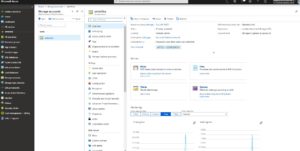 Log into portal.azure.com
Log into portal.azure.com
- If you don’t already have an account surf to azure.microsoft.com, create an account and get $200 free startup credit
- Click STORAGE ACCOUNTS from the menu on the left
- Click CREATE STORAGE ACCOUNT
- Complete the form as you see fit but that will most likely be
- RESOURCE GROUP = used to group resources for you – not for Microsoft so enter what you want
- LOCATION = see HERE for a list of where Microsoft data centers are located
- PERFORMANCE = SSD = PREMIUM and Spinning Disk = STANDARD
- ACCOUNT KIND = StorageV2
- REPLICATION = see HERE for what the replication options are
- Click the NEXT button and change anything you want but the defaults are fine
- Click the REVIEW + CREATE button
- Wait for it validate and then click CREATE
B – ADD AN AZURE FILE SHARE
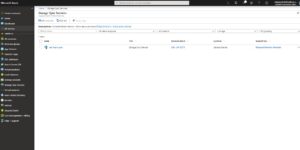 Click STORAGE ACCOUNTS from the menu on the left
Click STORAGE ACCOUNTS from the menu on the left- Click FILES
- Click + FILE SHARE from the top menu
- Enter a name for your file share and leave the QUOTA blank
- Click ALL SERVICES from the menu on the left
- Search for SYNC, select STORAGE SYNC SERVICES and click the star to add it to your favorites (menu on the left)
- Click the + CREATE RESOURCE at the top of the menu on the left and search for AZURE FILE SYNC
- Click on AZURE FILE SYNC then click the CREATE button
- Type in a NAME for your sync
- Select your RESOURCE GROUP from the drop down
- Click STORAGE SYNC SERVICES from the menu on the left
- Click on sync service
- Click + SYNC GROUP from the menu at the top
- Enter a sync group name
- Click the SELECT STORAGE ACCOUNT
- Click the name of your AZURE FILE SHARE from the drop down
- Click the CREATE button
- Click on your sync group name
- Click ADD SERVER ENDPOINT and notice that you have 0 SERVER ENDPOINTS
C – SERVER SETUP ON YOUR ON PREM SERVER
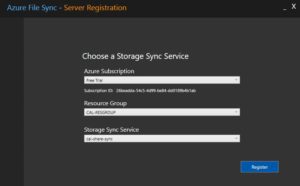 Install Azure Resource Manager Module
Install Azure Resource Manager Module
- Launch a POWERSHELL as an Administrator
- Enter
Install-Module -Name AzureRMand press ENTER - Type Y and then ENTER for each of the two approval prompts
- Install the Azure File Sync Agent
- Download the Azure File Sync Agent directly from Microsoft HERE
- Install it accepting the defaults
- Click SIGN IN and enter your Azure credentials as prompted
- Select your AZURE SUBSCRIPTION, RESOURCE GROUP and STORAGE SYNC SERVICE
- Click the REGISTER button
- Sign in again as prompted
D – ADD SERVER ENDPOINT IN THE AZURE PORTAL
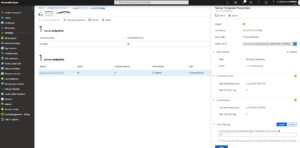 Click STORAGE SYNC SERVICES from the menu on the left
Click STORAGE SYNC SERVICES from the menu on the left- Select your storage sync
- Click the ADD SERVER ENDPOINT button from the top menu
- Select your on-prem server from the REGISTERED SERVER drop down
- Enter a network path for the share located on your on-prem server
- Can not be on C:\ drive
- Must be NTFS
- Expand CLOUD TIERING
- Enter whatever settings you would like (or don’t because tiering is optional)
- Click CREATE
VALIDATE
- In Azure Portal, expand STORAGE ACCOUNTS > click your account
- Click STORAGE EXPLORER and expand FILE SHARES
- You should see your files and folders listed AND be able to click on any file to download it
You are done. The files in you share should start syncing to the Azure cloud and if you have set CLOUD TIERING files on your server will start changing to stubs. You can identify file stubs by checking the file size. If you see SIZE ON DISK = 0, then the file is stored in the cloud and not on your on-prem server.
IMPORTANT THINGS TO NOTE:
- Azure File Sync still does not lock files that are duplicated on multiple servers so, until Microsoft adds that feature, I would not have more than one server pointing to a share.
- You NEED to confirm your AntiVirus is set to ignore files that are marked as ‘offline’. If it is not, it will pull down every file from Azure to scan it… obviously not good.
- You NEED to confirm your backup software knows how to talk to Azure Storage, otherwise it can pull down every file… obviously not good
- We asked Microsoft about the process that occurs when there is a problem with the billing and this is what they told us: “The data is maintained after the subscription runs out at this point forever. However it does stop when the subscription runs out. When the subscription is paid everyone’s access will be right back up with no data loss.”
If you still have questions, you might also find this video from Microsoft Ignite in the fall of 2018 to be helpful:

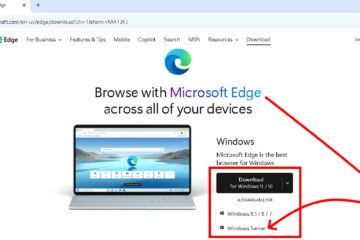
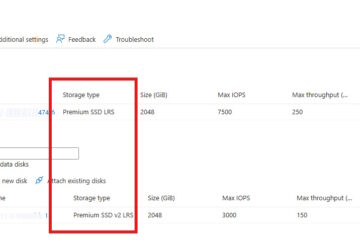
2 Comments
Clean Slate: Deleting Apps on Your iPad for a Fresh Start – Up & Running Technologies, Tech How To's · January 3, 2024 at 8:49 pm
[…] Create Folders: Apps of like kind may be grouped in folders. For instance, store all your social media applications in one folder and productivity applications in another. […]
SOLVED: Azure AD Sync Failure – Sync Generic Failure – Stopped Deletion Threshold Exceeded – Prevent Accidental Deletes – Up & Running Technologies, Tech How To's · July 26, 2023 at 10:01 pm
[…] title of this article might seem a bit convoluted but this article will explain how to troubleshoot Azure AD Sync […]